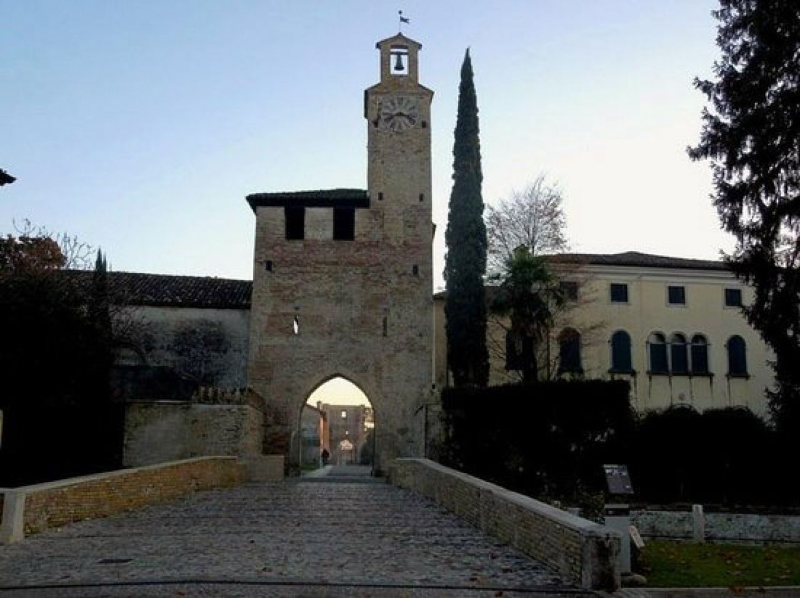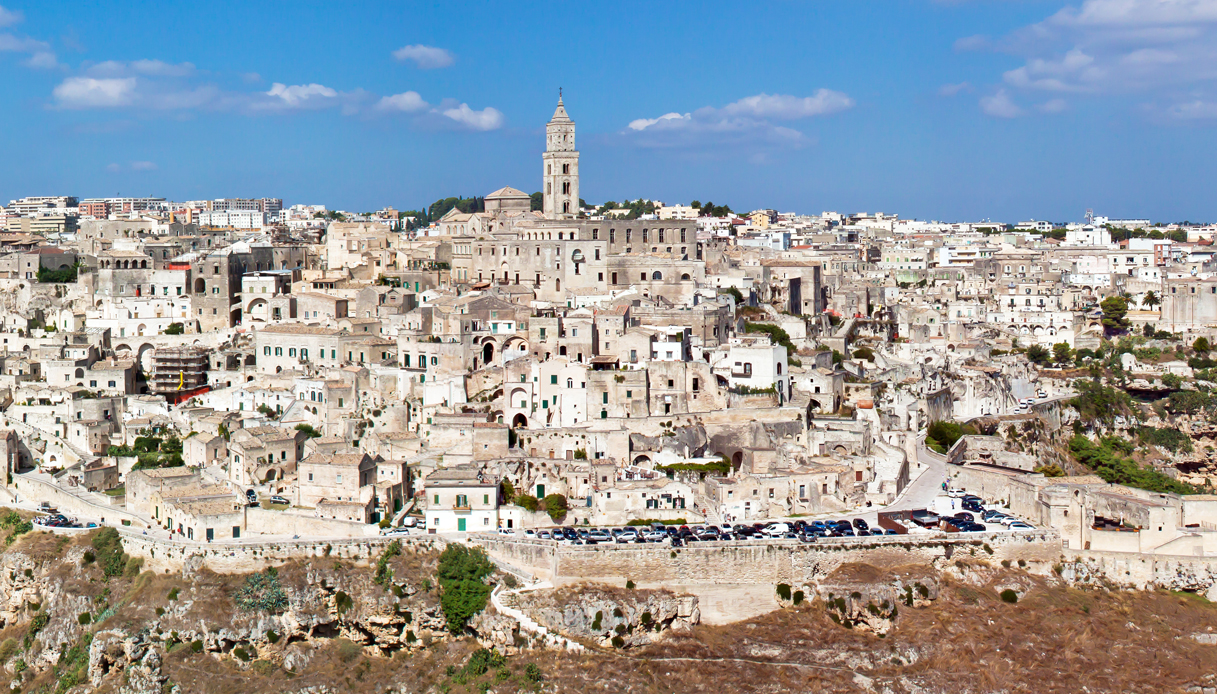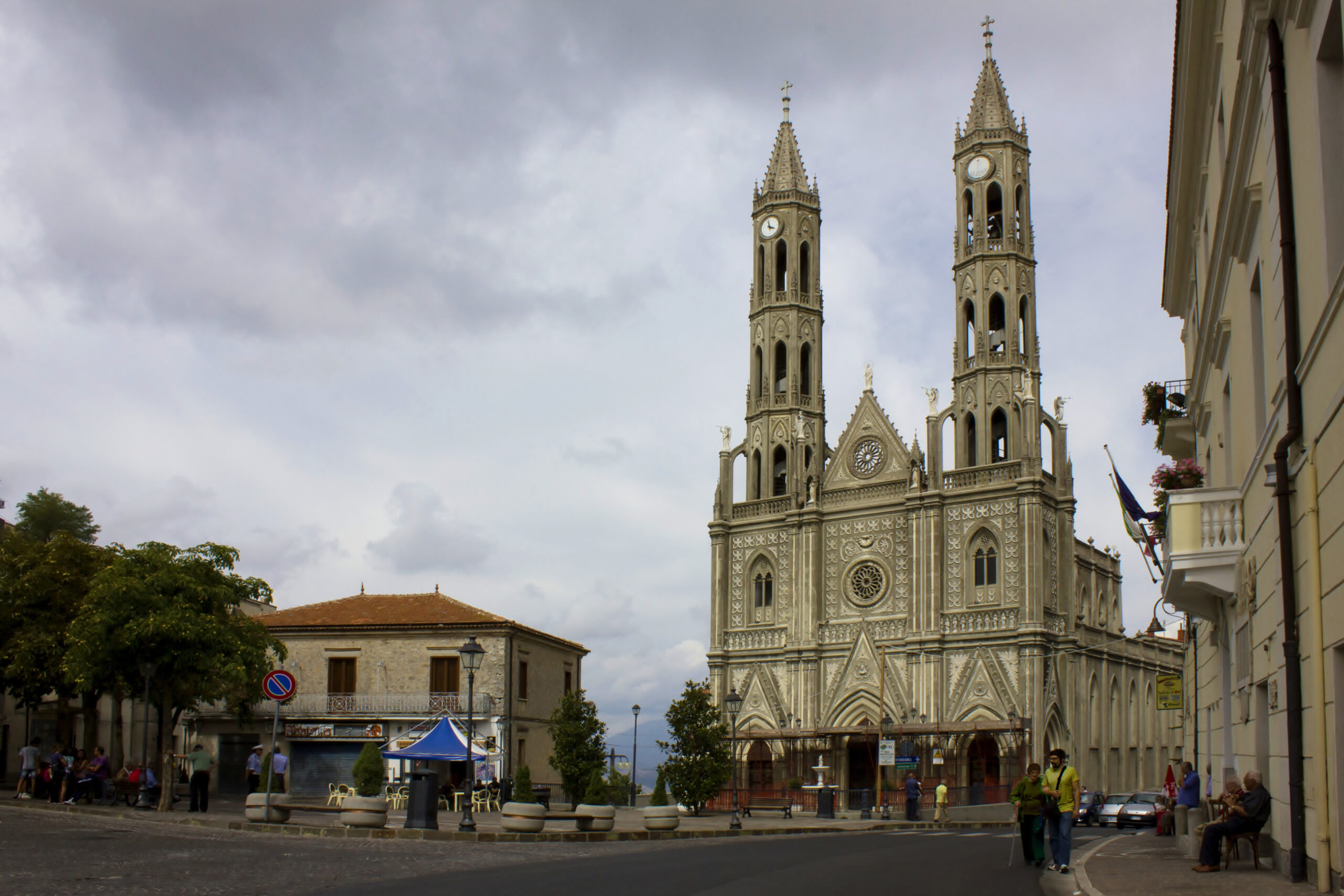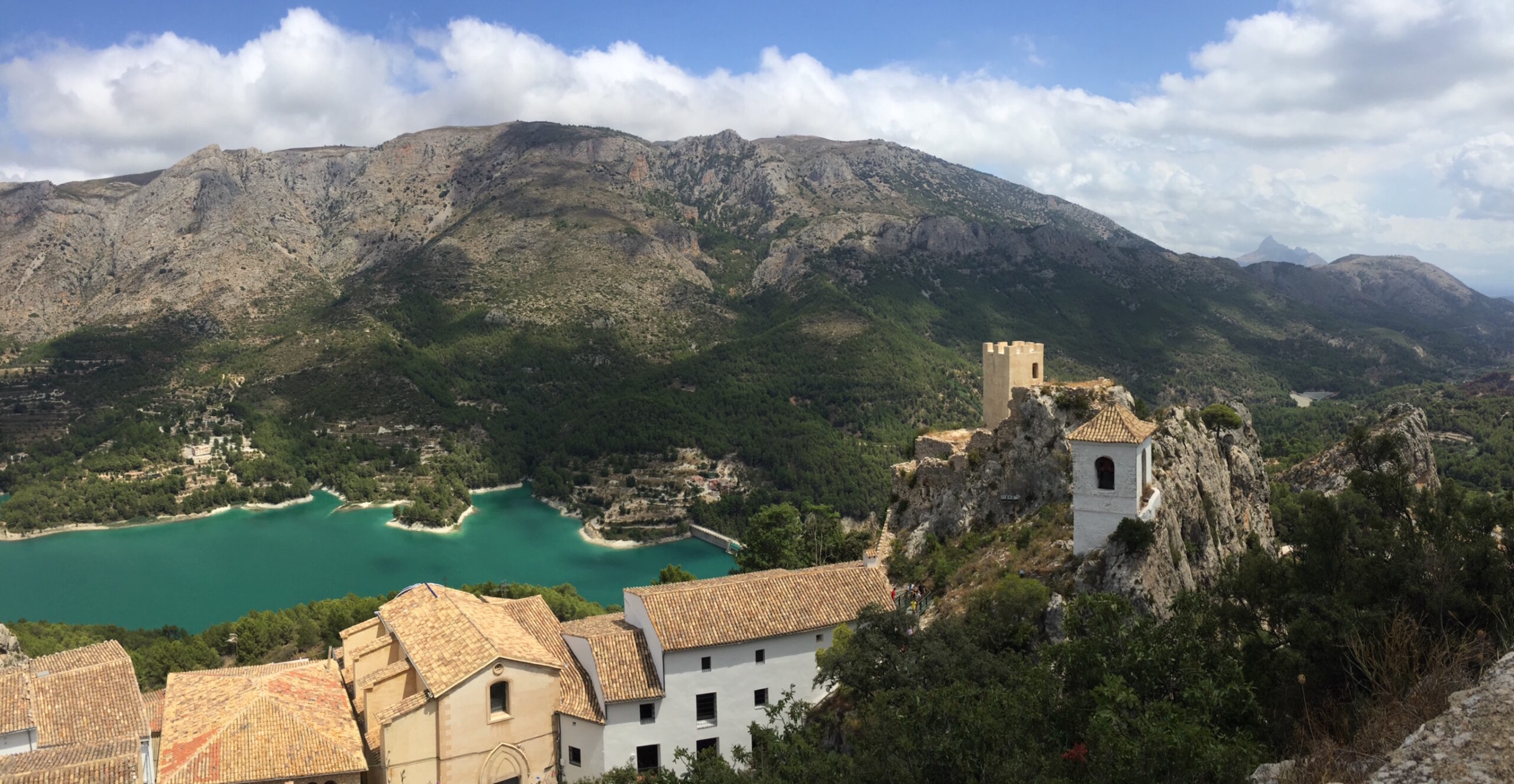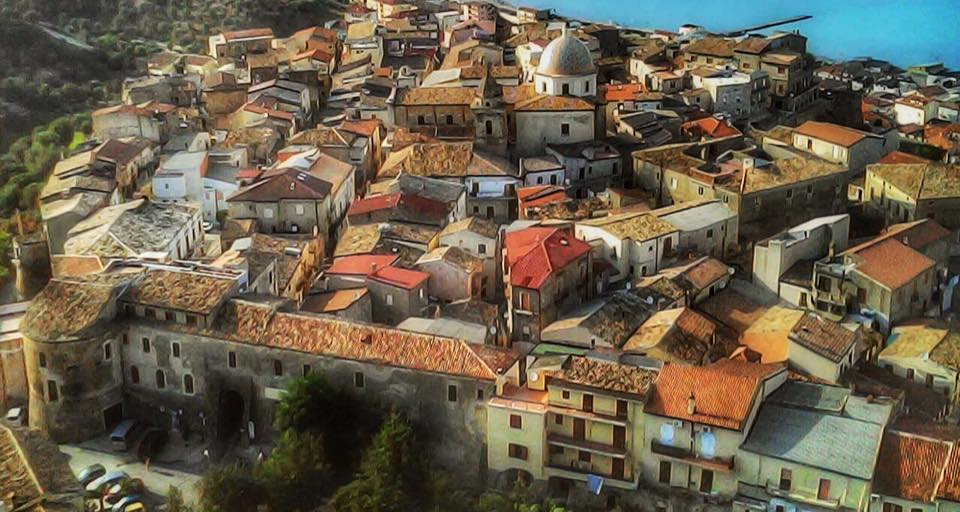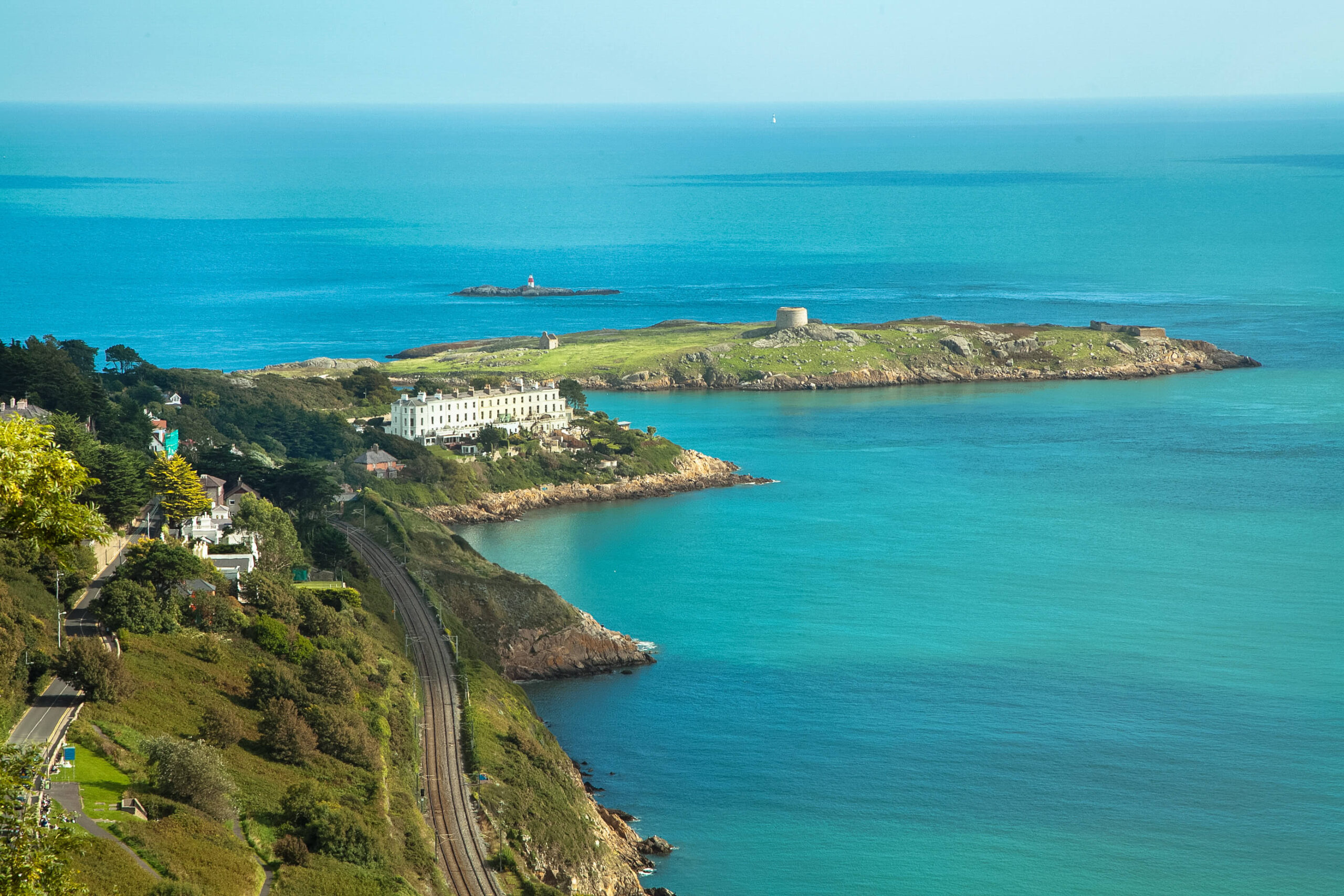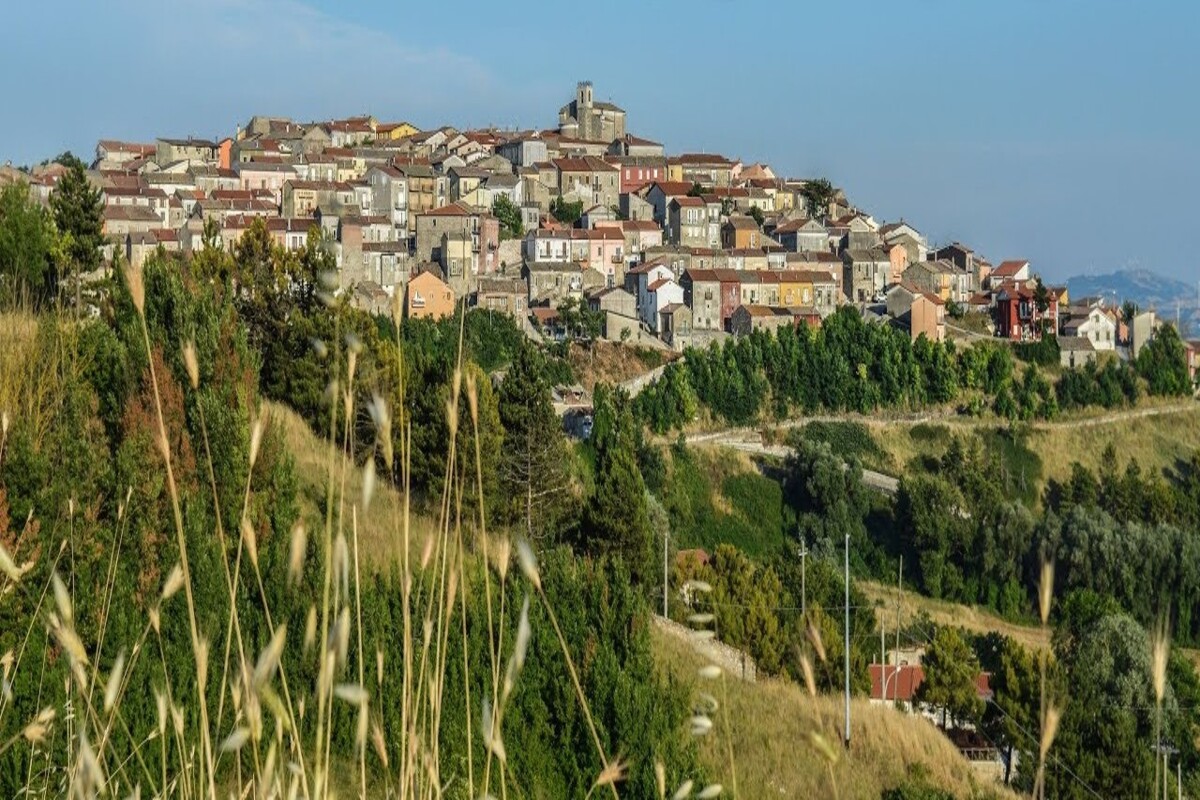Two towers at their respective entrances and the circle of walls have for centuries guarded the medieval beauty of Cordovado, the Friulian village that boasts truly rare treasures in such a small town, formed close to a ford of the Tagliamento River where the Romans erected a castrum along the Via Julia Augusta. To the north of the village is the Sanctuary of Our Lady of Grace, a jewel of Baroque art, while to the south is of considerable interest, the elegant Romanesque "ancient Cathedral of St. Andrew."
The present fortified area of Cordovado, known as the Castle, is the result of modifications and stratifications over time, particularly between the 1600s and 1800s. The bishops of Concordia fortified it around the 11th-12th centuries, making it the most important castle on the plain, the seat of numerous powers, civil, military and ecclesiastical. It remained in full function until the 1400s.
In the late Middle Ages, the outer circle of walls, with embankment, moat and two towers still present today, enclosed an inner space consisting of the bishop’s castle, itself equipped with walls and moat with drawbridge, keep and other buildings. Next to it stood the village.
Opposite the castle, a row of buildings arose in the Middle Ages, used as staff dwellings and service offices (captain and gastaldo). From their late medieval and modern development, two stately residences were enucleated, known as Palazzo Bozza-Marrubini, near the Clock Gate, and Palazzo Agricola (further south). The appearance of the two houses is Renaissance, with wide arches distinguishing the ground-floor entrance and rows of openings, including large three-mullioned windows. The rear gives onto parks and gardens.
Inside the walled circle, there is also the Palazzo Freschi Piccolomini (1669-1704), formerly called Attimis, an imposing structure of Renaissance lines, three stories with a wide entrance portal, surrounded by the greenery of a centuries-old park. Adjacent to it, near the north gate, stands the Church of St. Jerome (14th cent.). Of the two gate towers, the southern one preserves the postern, the northern one, also known as the Clock, the stairs and wooden walkways inside.
